Trans models: From decades of rejection to centre stage
- Published
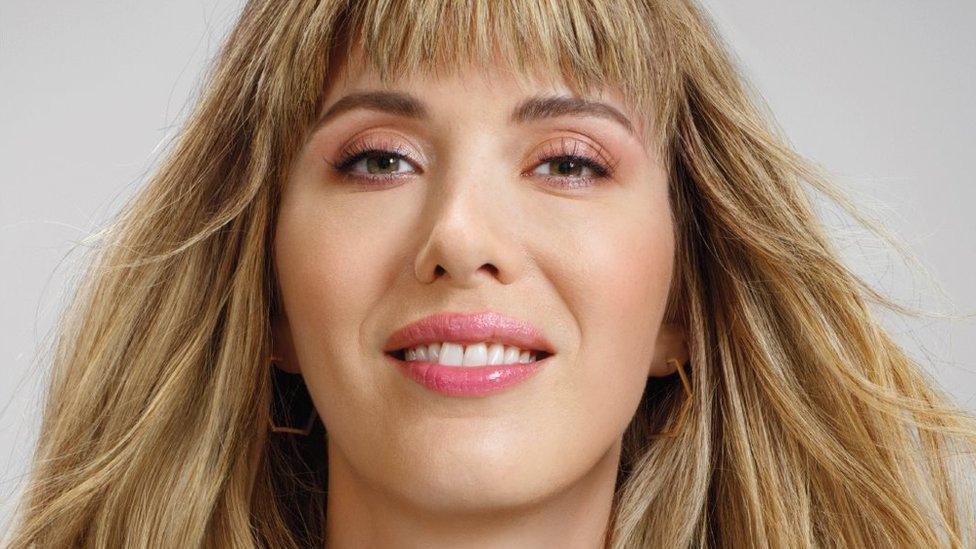
Paris Lees is a brand ambassador for hair care brand Pantene
Being outed as transgender was once enough to end a career in modelling, but some brands and magazines are now actively seeking to work with people who are openly and proudly trans. How did being transgender become viewed as not only acceptable but aspirational?
"I never actually thought that trans people would be celebrated," said Paris Lees. "When I was growing up the only time I ever saw trans people in the media or in advertising, we were presented as objects of pity, ridicule or disgust."
The trans rights campaigner and writer was speaking at Fortune's Most Powerful Women conference, where she was announced as a brand ambassador for hair care brand Pantene.
Lees, who grew up in the Nottinghamshire town of Hucknall, is the first transgender woman to be appointed by Pantene. However, she is far from the only transgender person to model for a mainstream brand, with transgender men and women including Valentina Sampaio, Chella Man and Andreja Pejić being hired by the likes of Victoria's Secret, Gap and Make Up For Ever.
"Increasingly trans has come to signify a certain wokeness or hipness that it has not always had," says Susan Stryker, author of Transgender History: The Roots of Today's Revolution. "To show somebody trans in a positive light as something that is desirable or normal or acceptable, that is like a marketing use of a subcultural chic, to sell shampoo or soap or tequila or what have you."
How did this happen, and who blazed the trail?

April Ashley was outed as transgender by the Sunday People in 1961

April Ashley is thought to have been the first successful transgender model. Born George Jamieson in Liverpool in 1935, she had gender reassignment surgery in 1960 at the age of 25, and her striking looks led her to grace the pages of Vogue magazine.
She kept her past a secret, but her modelling career was cut short when she was outed by tabloid newspaper the Sunday People in 1961, under the headline "The extraordinary case of top model April Ashley: 'Her' secret is out".
"My agent called me and she said 'April your career is finished. You will never get another job in this town'," she told the BBC in 2013.
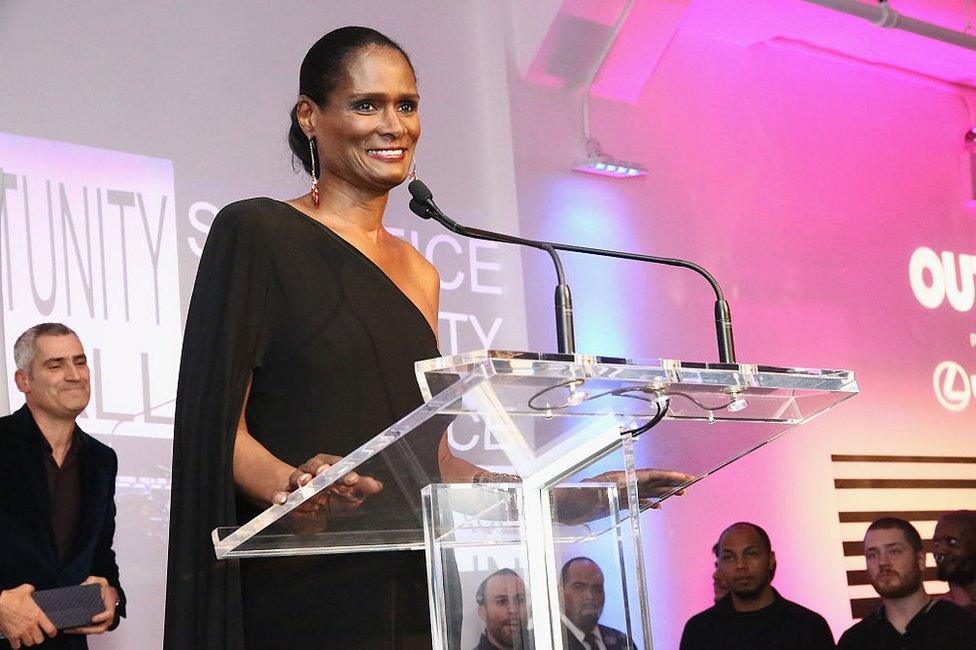
Tracey Norman, shown here in 2016, was a successful model in the 1970s before being outed
African-American transgender model Tracey Norman, who later changed her last name to Africa, had a similar experience. For about 10 years she enjoyed a successful career, with her work including a high-profile campaign for Clairol cosmetics.
"As far as I know Tracey Norman is the first trans model in the United States who we know about," says Prof Elspeth Brown, external, author of Work! A Queer History of Modeling.
But she was outed in 1980 after being recognised during a photo-shoot for Essence, a magazine aimed at African-American women. "All I know is that my work stopped that day," Norman told The Cut in 2015, external. "I just felt so upset about it because it was my people and my community that did this to me - the black community and the gay community."
She later got modelling work in Paris and was then hired for an Ultra Sheen cosmetics advert back in the US. However, the advert created too much attention, she was recognised from before, and struggled to get work again.

Another 1980s model, Teri Toye, was open from the start about her trans status and was "really welcomed", Prof Brown says, although she was not working for mainstream consumer clients

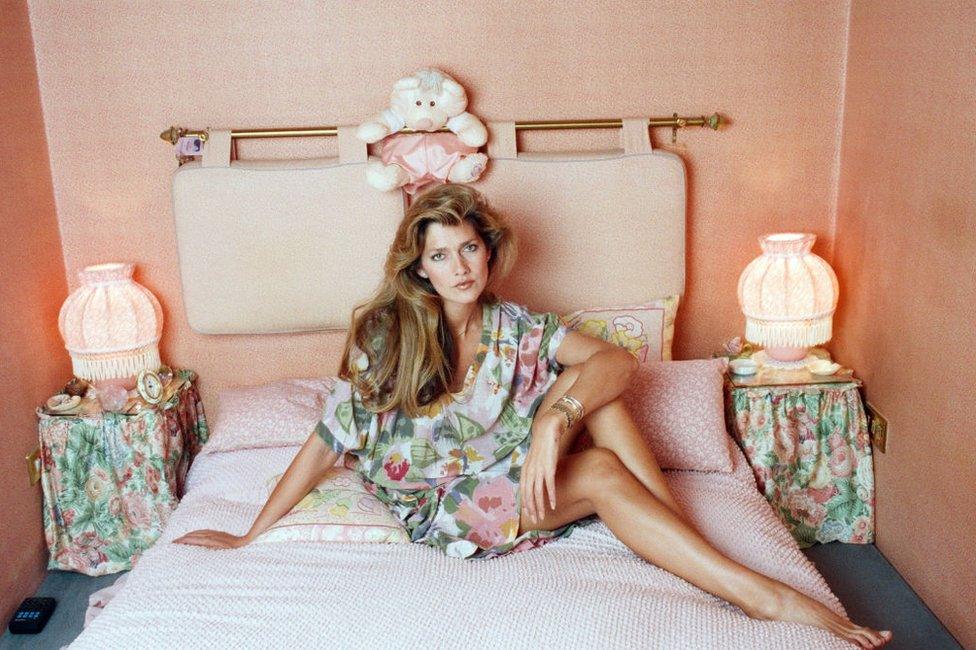
Caroline Cossey, also known as Tula, appeared in a Bond film and was the first transgender woman to pose for Playboy
Back in the UK, a closeted transgender women called Caroline Cossey had been climbing the ladder of the fashion industry under the name Tula.
"Cossey worked as a model from 1975 to 1981, appeared in magazines such as Australian Vogue and Harper's Bazaar and did extensive work as a model," says Prof Stryker.
She even appeared in the 1981 James Bond film For Your Eyes Only, and in Playboy alongside the film's other Bond girls. However, the film led to her being outed by the News of the World in an article with the headline "James Bond's girl was a boy".
"I was destroyed overnight," she said in 2016, external. "There was nothing I could do and my life was in tatters so I ran away. I hid from the limelight because it was the only way to feel safe."
She was offered work again but it was based around her transgender status, and she felt she was being "portrayed like a freak". She also wrote a book and did countless interviews in an effort to raise awareness of trans issues, but hid from the limelight again after being made to feel like "a circus act".
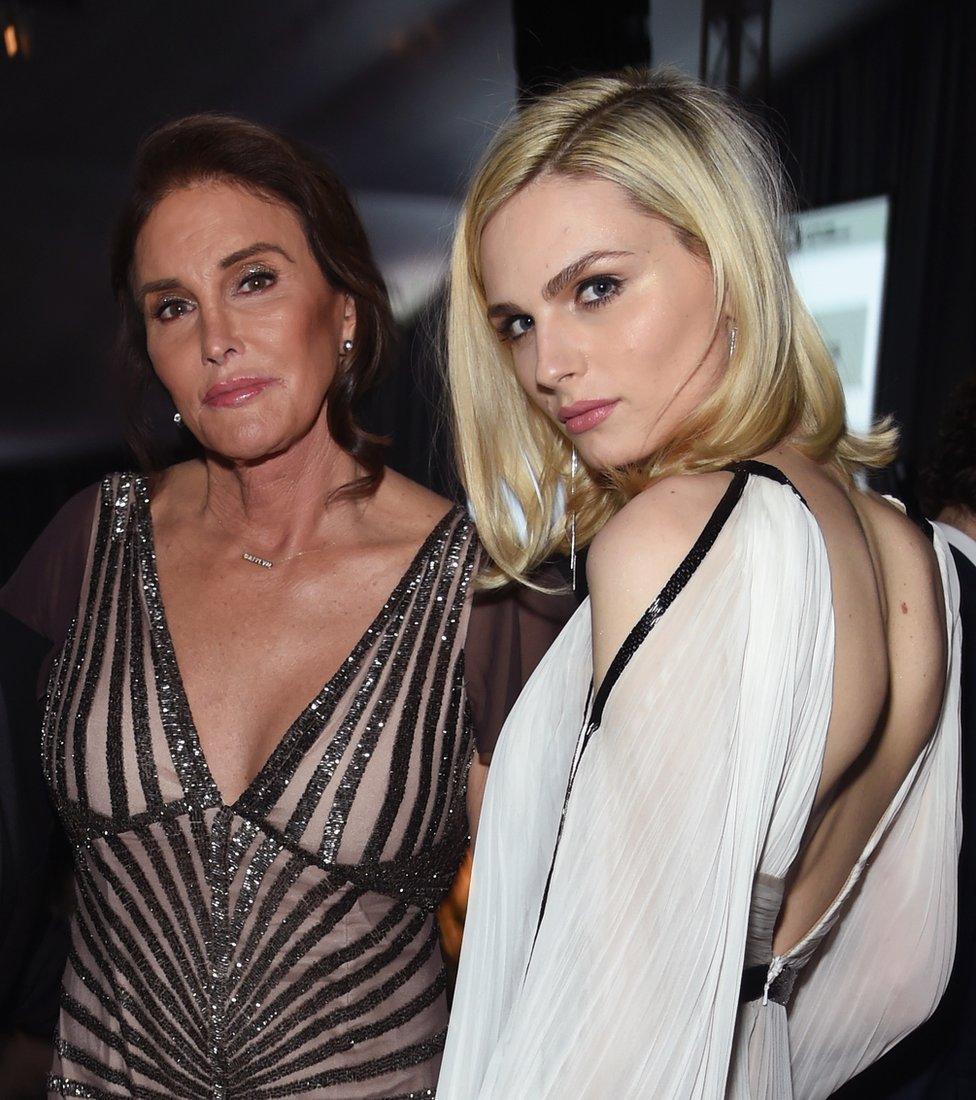
Caitlyn Jenner, shown here with Andreja Pejić, is sometimes credited for a "trans tipping point"

So what has changed in recent years?
Prof Brown says people refer to a "trans tipping point" within popular culture, and she dates this to 2015 when former Olympic decathlete Bruce Jenner came out as Caitlyn Jenner.
"Also other things have happened in the United States, in particular in terms of politics," Prof Brown says. "The right wing's targeting of trans people has brought the issue of transness into the public imagination. Also in the United States you have very popular television shows like Orange is the New Black, that has the trans actress Laverne Cox on it, and she's been incredibly outspoken and an advocate for trans people."
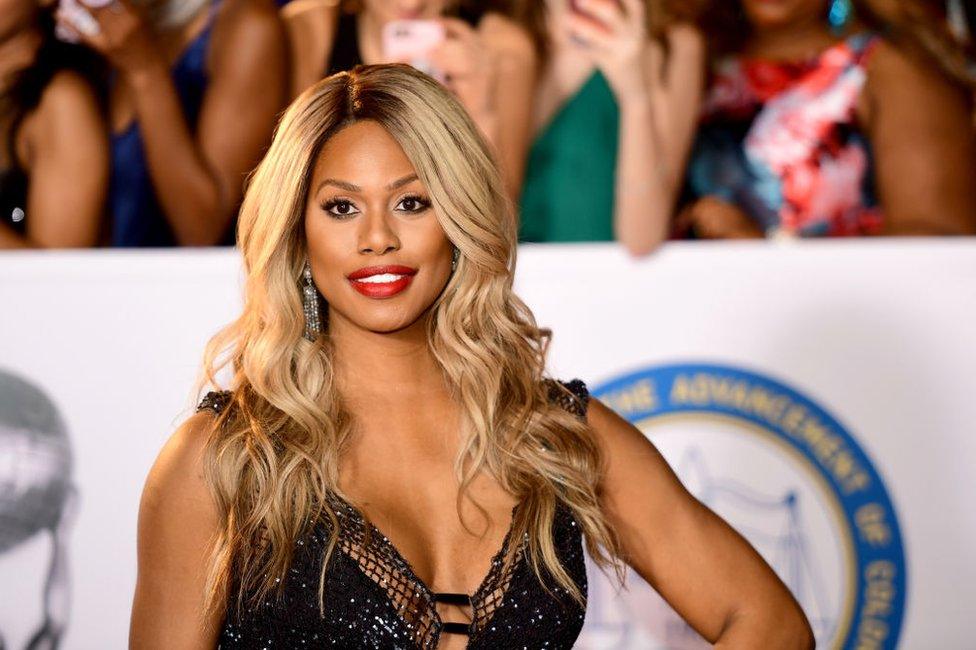
Laverne Cox rose to prominence in the Netflix series Orange is the New Black
Prof Stryker says hiring somebody who is out as trans becomes "a political comment of some kind that flags a certain kind of progressive, woke mentality".
"You're using disability or fatness or transness or racial diversity as a way of saying 'our product fits in with your progressive, woke, metropolitan, hip, progressive views'."
In fact, Victoria's Secret apologised in 2018 after its chief marketing officer Ed Razek said trans models should not be cast in its shows. The lingerie brand has since hired transgender model Valentina Sampaio, external, who has more than 377,000 followers on Instagram, external.
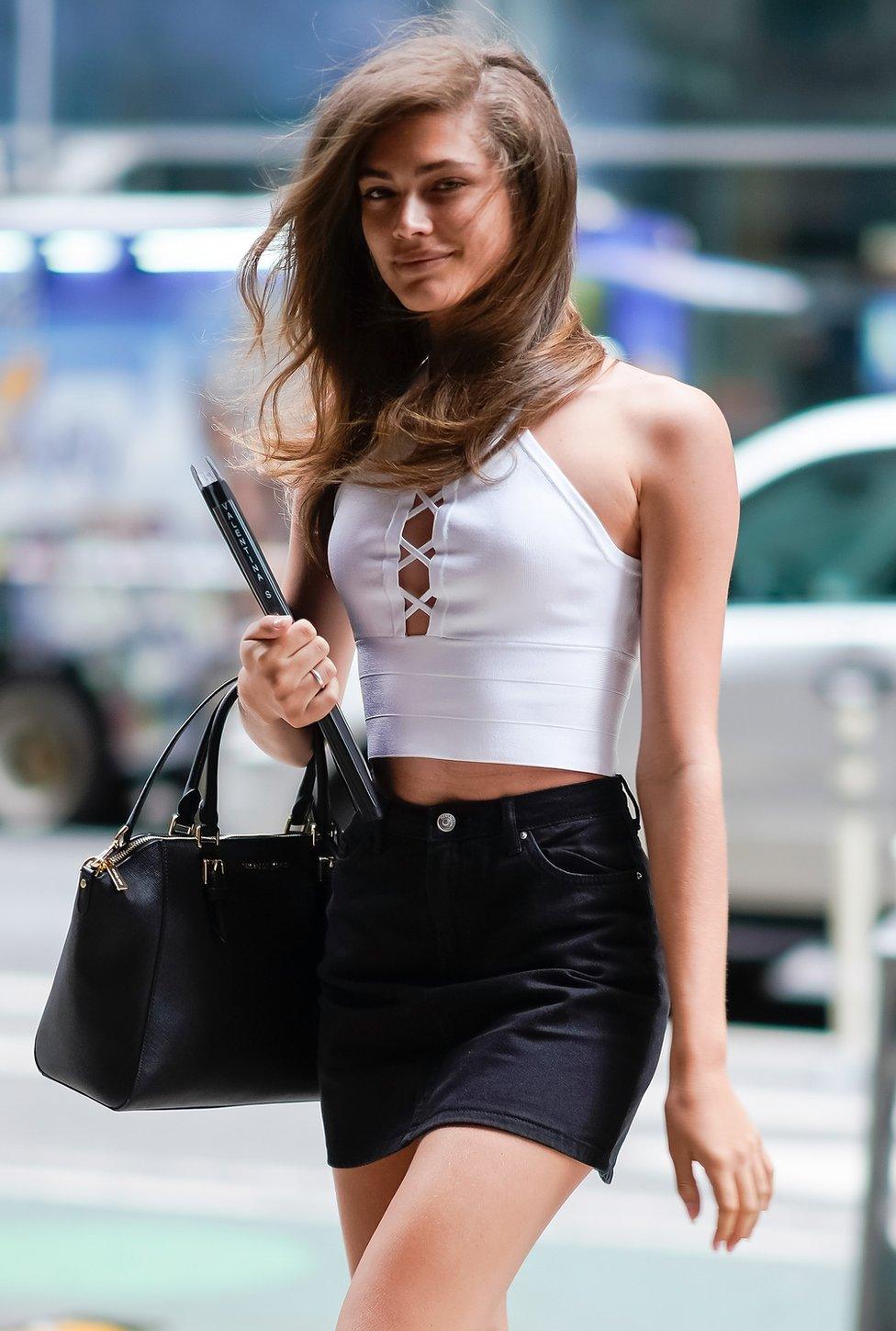
Victoria's Secret cast Valentina Sampaio after previously saying it would not work with transgender models

Jay McCauley Bowstead, a lecturer at the London College of Fashion, believes social media has "provided a space through which more diverse representations can emerge".
Brands and magazines can now look old-fashioned, he argues, if they do not mirror the diversity seen on social media.
"I think that's part of why maybe brands and fashion weeks and catwalks and magazines are changing the way they represent people," he says.
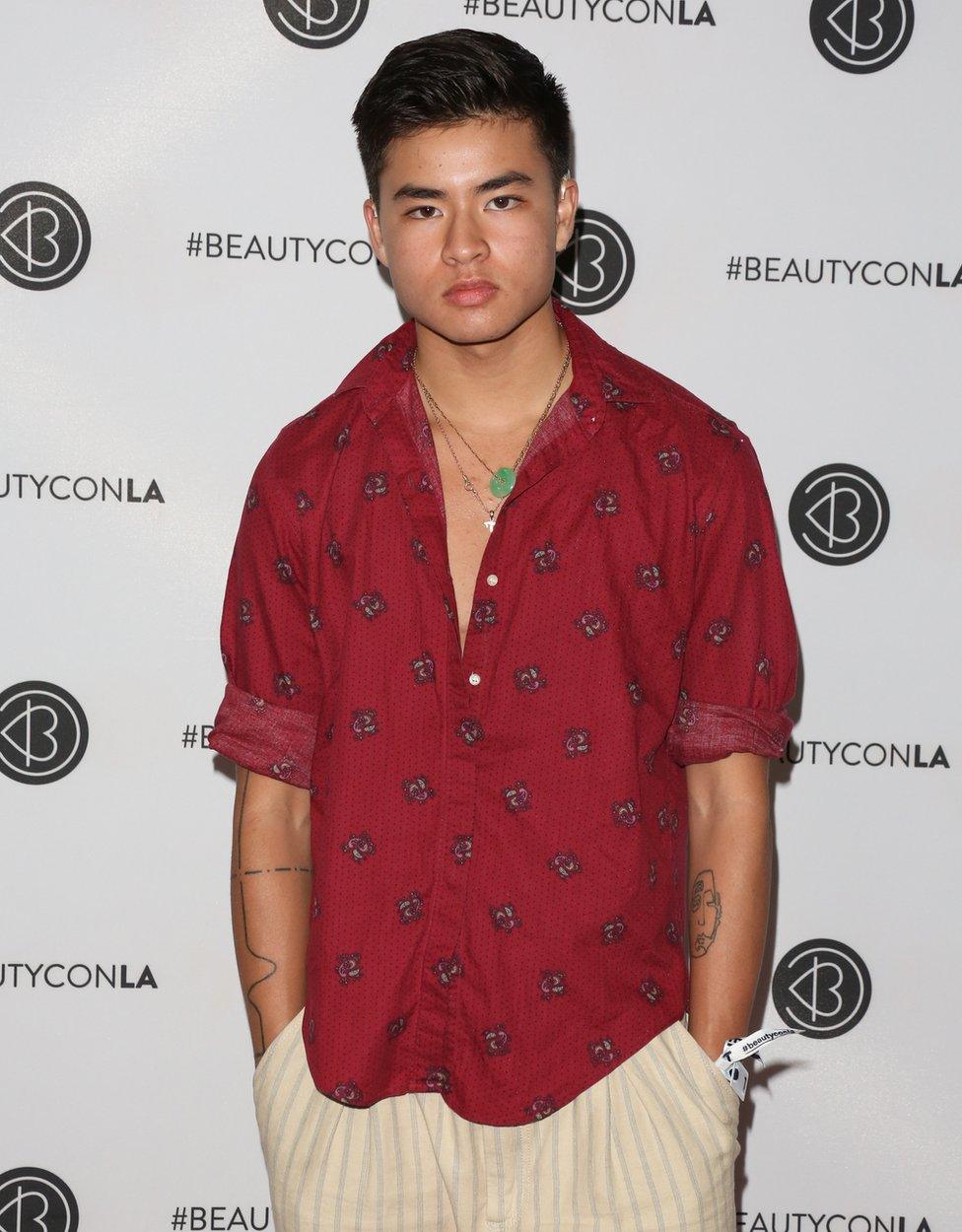
Chella Man has documented his transition on YouTube, where he has 235,000 subscribers

He names Chella Man and Krow Kian as two prominent transgender male models.
"Someone like Chella Man did actually pose for The Gap, the American brand. You can't get much more mainstream," he says.
"What's interesting is he's reasonably buff and muscular, but he poses with his shirt off so you can see the scars on his chest. He sometimes wears quite androgynous garments, and I think that's intriguing because it maybe marks a moment in which trans guys are feeling like 'I don't have to conform to this very narrow model of masculinity'. It's not about 'passing' in some very narrow way."
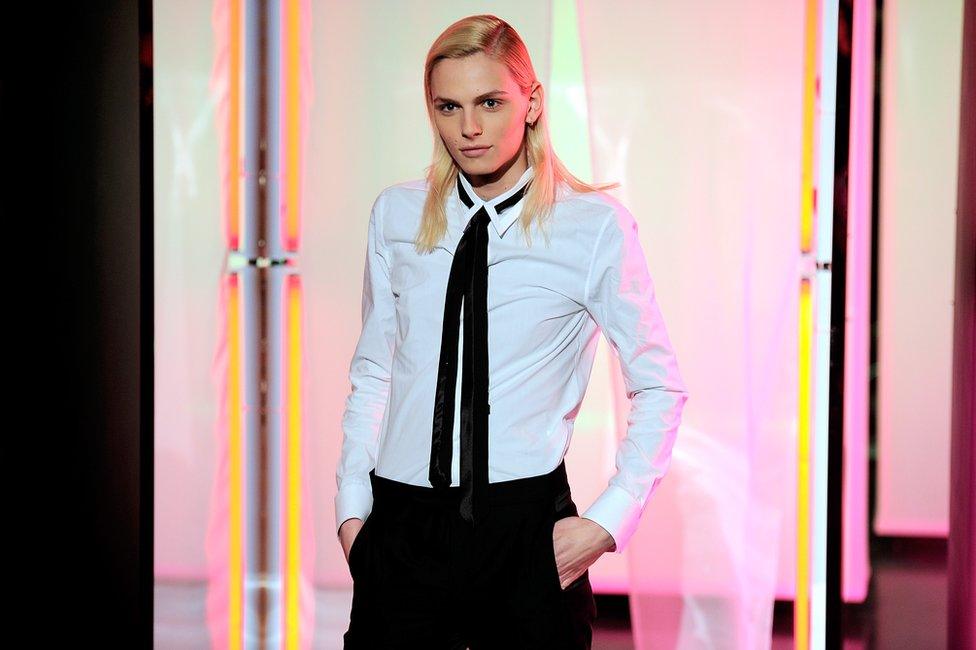
Andreja Pejić started her career as an androgynous male model
Andreja Pejić is another example of a model not conforming to gender norms. She started her career almost a decade ago as Andrej Pejić, an androgynous male model. Pejic then had gender reassignment surgery in 2013, despite being warned against transitioning, external as it might jeopardise her career.
"There was definitely a lot of 'Oh, you're going to lose what's special about you. You're not going to be interesting any more'," she said. One agent apparently told her: "It's better to be androgynous than a tranny."
Despite the warnings she continues to be a leading model and has branched out into films, recently appearing as Claire Foy's love interest in The Girl in the Spider's Web.
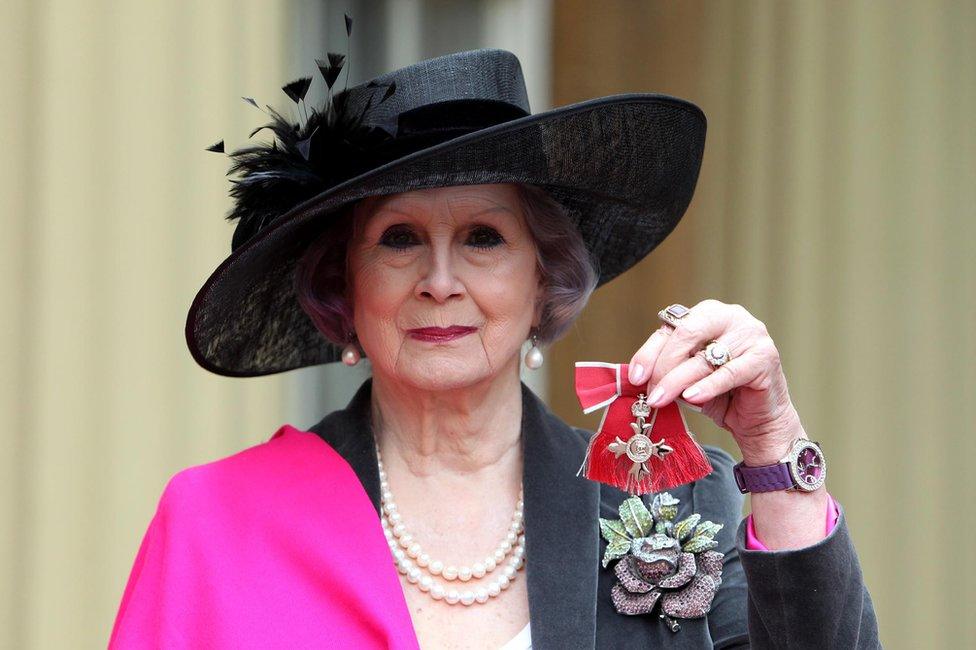
April Ashley was appointed MBE for services to transgender equality in 2012
So what happened to April Ashley, Tracey Norman and Caroline Cossey, models who lost work after being outed as trans?
Norman was hired by Clairol once again, external at the age of 63 to be the face of a new hair colour campaign. Cossey found the confidence to come back into the limelight, appearing alongside Caitlyn Jenner and Laverne Cox in documentary film The Trans List. And the once ostracised Ashley has featured in a major exhibition in her home city of Liverpool, external, and in 2012 was appointed MBE for services to transgender equality.
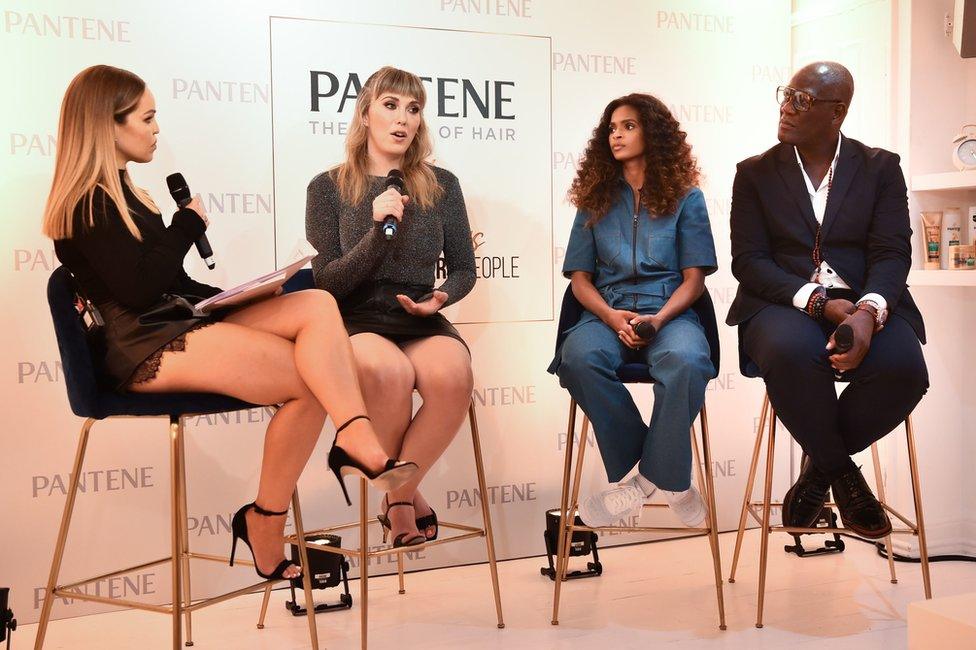
Paris Lees was chosen as a Pantene ambassador alongside boxer Ramla Ali and model and broadcaster Katie Piper
Prof Stryker believes increasing representation of trans people is positive, but cautions that it is "not enough".
"I wouldn't want to say 'Oh Paris Lees has got a Pantene commercial so now the world is safe for trans people'," she says.
"Positive representation of trans people can be a good thing, but it's not like it's changing laws or keeping people from being killed by transphobes.
"It's a good thing but it's a small part of the big picture."
- Published30 November 2018

- Published4 January 2018
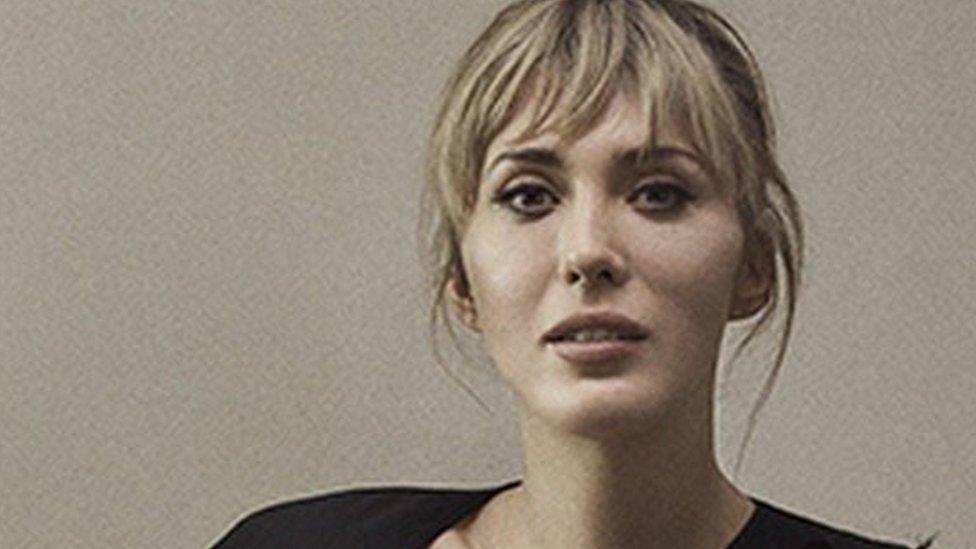
- Published27 October 2013
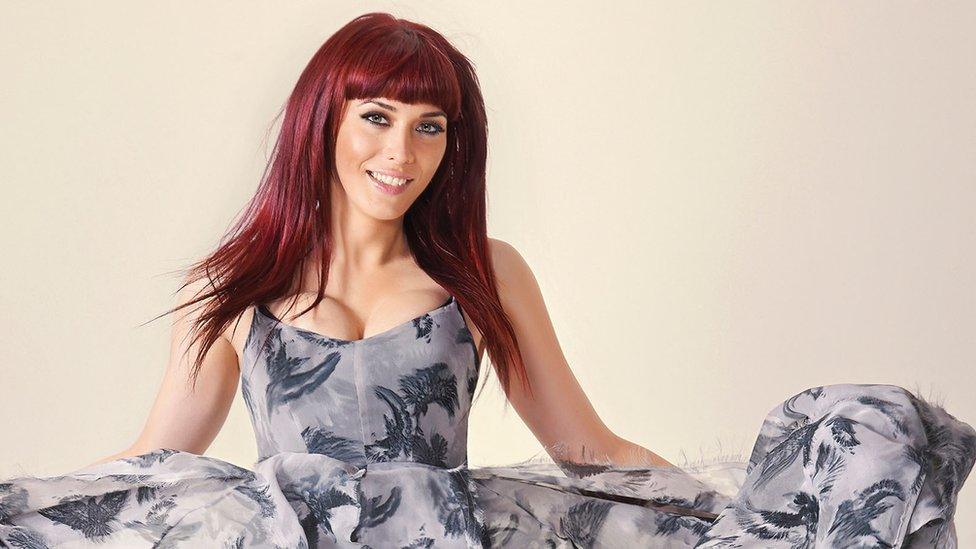
- Published13 October 2013
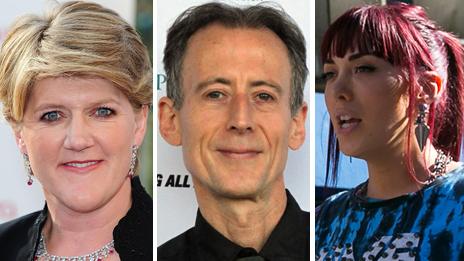
- Published27 September 2013
.jpg)